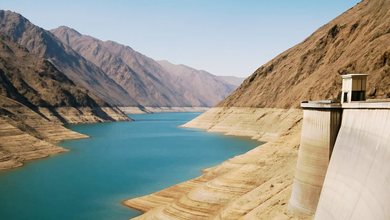
Seven countries were responsible for about two-thirds of global production of the four most common types of plastic through 2024, according to a report published by British environmental consultancy Eunomia and climate and energy research group Zero Carbon Analytics.
According to the data, China has held on to the top spot by a significant margin, producing 34% of the plastics – as much as the other six countries on the list combined. This puts it in a special category, reflecting its dominant role in the industry.
After China are:
• United States – 13%
• Saudi Arabia – 5%
• South Korea – 5%
• India – 4%
• Japan – 3%
• Germany – 2%
The report focuses on the production of the four most widely used plastic polymers globally:
• Polyethylene (PE)
• Polypropylene (PP)
• Polyethylene terephthalate (PET) – commonly used for beverage bottles
• Polystyrene (PS)
The publication of this data comes at a key moment, as 184 countries are negotiating in Geneva to reach an international treaty aimed at ending plastic pollution.
A previous report from energy data provider Wood Mackenzie had found that just 18 companies worldwide were responsible for more than half of global plastic production in 2021 – many of them state-owned.
This concentration of plastic production in a small number of countries and companies highlights the need for a coordinated and detailed approach in global policies to reduce plastic pollution.






















